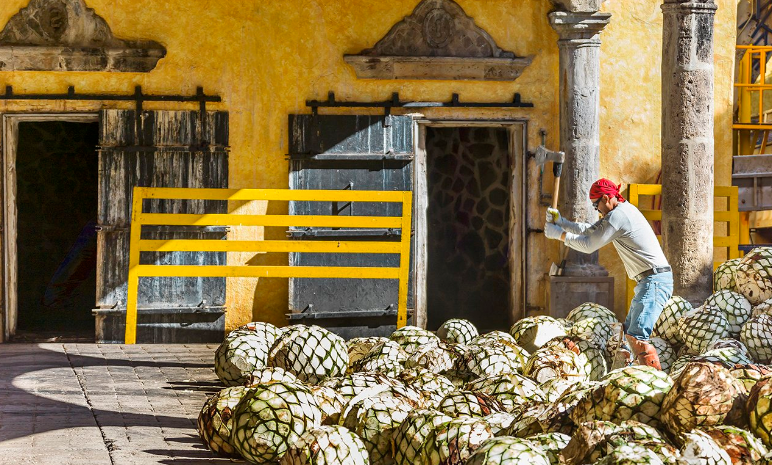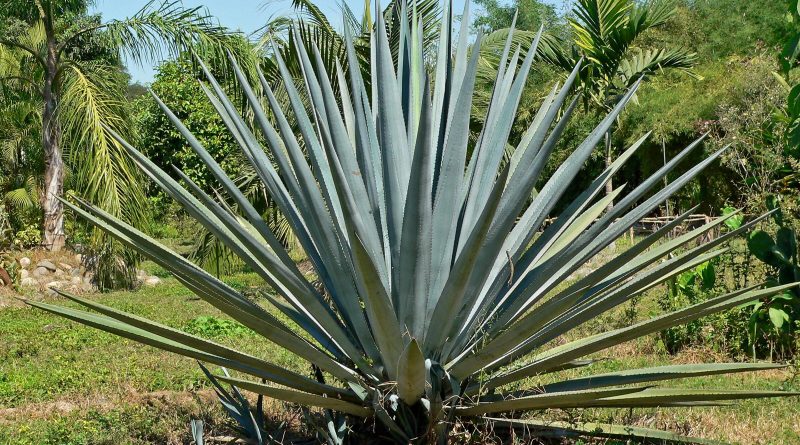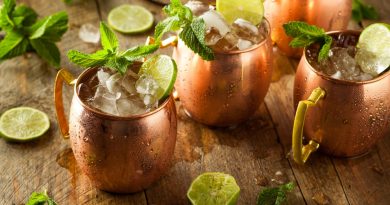Tequila Profile for the Best Drinking Experience
The first tequila distillery was established in the town of Jalisco in 1596. In 1666, the King of Spain granted a license to Juan Jose Cuervo, making him the first commercial producer of tequila. Tequila is typically made in one of three styles – blanco (white), reposado (aged), and añejo (aged). It can be consumed straight or used in cocktails such as the Margarita, Sangrita, and Tequila Sunrise. Blanco, or white tequila, is the purest form of the spirit and is typically unaged. Reposado, or rested, tequila is aged for two to 12 months in oak barrels. Añejo, or aged, tequila is aged for one to three years in oak barrels. Tequila is made from the agave plant, which is native to Mexico. The country is home to more than 200 species of agave, but only one – the blue agave – is used to make tequila.
If you’re looking to learn more about this popular Mexican spirit, then read on for a comprehensive guide to tequila!
An Alcohol Profile: Tequila
During WWII, European spirits were tied up across the pond and America got thirsty. This began the tequila boom, which became even more widespread with the later rise of Mexican film. We’ve been enjoying the stuff ever since – in fact, it became so popular, that there was a massive agave shortage in the 1990s. And while most mezcaleros to this day are content making small quantities of their precious mezcal, it’s not too difficult to find in the States and has earned a respected place in the American drinking world.
It comes from Tequila, Jalisco, and similar to how real Champagne can only be produced in the Champagne region of France, tequila can only be produced in the state of Jalisco and limited regions of four other Mexican states. And while Mezcal can come from a variety of different agave variations, tequila must be made from one particular variant: blue agave (Agave Tequilana Weber Azul). Keep a sharp eye when you’re buying it from liquor online store. Look for “100% Agave” slapped across the label. Mixto tequila has to–by law–at least be derived of 51% blue agave sugars, the other 49% are non-agave additives. Unlike tequila, mezcal can be made from a variety of different agave strains, but still has a mixto. It’s required to be derived of at least 80% agave. As a good rule, 100% agave is what you’re keeping your eyes open for.

Cooking
This is where tequila and mezcal production process part ways. Instead of the earthen pit oven, for tequila, the agave hearts are cooked in one of three ways:
Stone oven
The traditional method. It’s simple: steam powered heat in a big stone container.
Autoclave
This is basically just a newer, more high-tech, slightly more efficient version of the stone oven.
Diffuser
A lot of controversy surrounds this technology. The diffuser takes uncooked agave and, with high-pressure hot water and chemicals and flavor additives, produces tequila with rapid efficiency but perhaps less depth of flavor. There’s a lot of arguing about this in the tequila world, but the general gist is that stone oven produces the best tequila, followed by autoclave, followed by diffuser.
Fermenting
The cooked and crushed agave ferments in the open air in massive wooden or steel barrels as big as 100,000 liters (sometimes clay and cement), the process of which takes anywhere from 3-12 days. Thank the goddess you’ll be spared the scientific details of fermentation, but in a nutshell, fermentation happens slower when it’s cold, faster when it’s warm. Too cold, it’ll take forever. Too warm, the yeast will die (they do produce their own heat). When it’s done, you have a kind of pulpy juice (wort) that’s about 4-7% alcohol. The agave pieces get filtered out and the juice goes into distillation.
Distilling
Similar to mezcal, the first distillation is called ordinario and the second distillation is called tequila. It’s done twice to really weed out the undesirable elements from the final product, called “cutting heads and tails”. What the means is that in the ordinario, the top-most part (heads) and the bottom part (tails) are generally discarded, and the middle part (corazon) is kept to distill a second time to bring a beautiful finished product. Fun fact: it takes 15 pounds of agave to get to one liter of tequila at this step.
Finally, there’s the aging – or not. Ever had a blanco tequila like Casamigos Blanco? It’s generally unaged, bottled straight from the distillation process. It can be aged in oak barrels for less than two months to enhance the flavor, but any more and you’ve got reposado tequila, meaning “rested” — a popular reposado being Casamigos Reposado. Reposados have been aged at least two months, but less than one year. And then there’s añejo tequila — Casamigos Anejo— which has been sealed in oak barrels for at least one year. Longer aging imparts woody, smoky, earthy oak flavors and smooths out the natural bite of agave, but all three types are wonderful.



